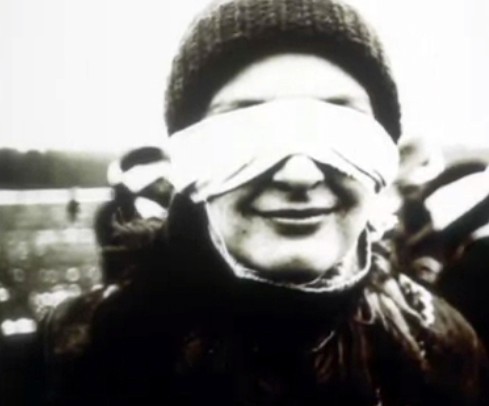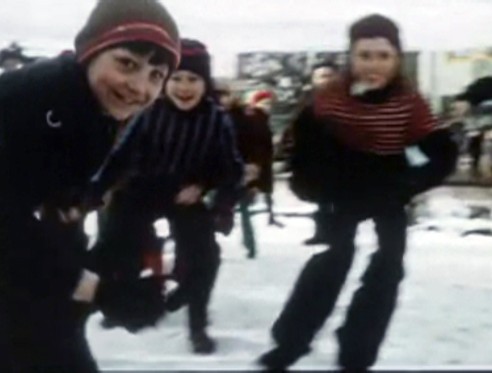In 1952, Oskar Hansen (1922–2005) took over the Planes and Figures Composition Studio at the Faculty of Sculpture of the Warsaw Academy of Fine Arts, which since the 1920s had boasted a storied tradition. This began a new chapter in the history of a studio that even before Hansen’s arrival had offered alternatives to the regular sculptural curriculum dominant at the academy. Born in 1922 in Helsinki, educated in Vilnius and Warsaw, and trained at Jean Jeanneret’s architectural studio in Paris, among others, Hansen was a truly versatile figure. An architect, sculptor, artist, and theorist, he brought to the studio his own international and innovative perspective, which cut across a variety of media and focused on theoretical considerations of the language of forms, rather than purely material investigations. Proclaimed at the Congrès Internationaux d’Architecture Modern in Otterlo in 1959, Hansen’s seminal theory of Open Form proved inspirational far beyond the world of architecture and came to permeate Hansen’s teaching at the academy.
Democratic and non-hierarchical training at Hansen’s studio, which did away with the traditional divide between the master and his disciples, relied on a broad range of strategies and apparatuses of his own making aimed at exploring and shaping visual language in an open-ended manner. Among these strategies were visual games, which were often held outdoors in the early 1970s. Grzegorz Kowalski, Hansen’s assistant at the studio and later head of his own innovative sculptural studio at the academy, has described these events as follows: “Outdoor practice was subordinated above all to the integration of the following elements: a selected portion of the landscape, a chosen time of day (or night), and a theme, such as ‘the marriage of water and air’ [or] ‘the blind’ . . . . The students then responded with scenes that introduced various elements into the natural environment. . . . This further led to the practice of games between selected groups of students, as well as Hansen and his assistants."[1]



